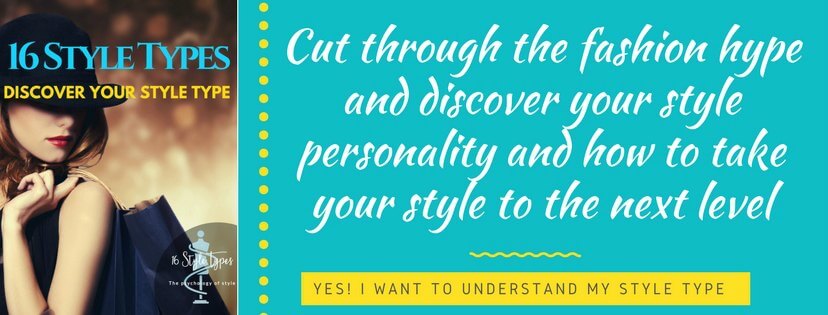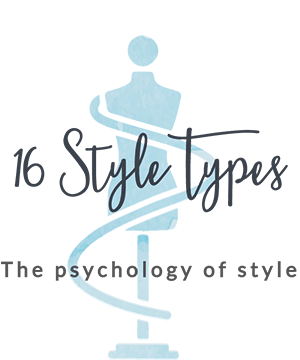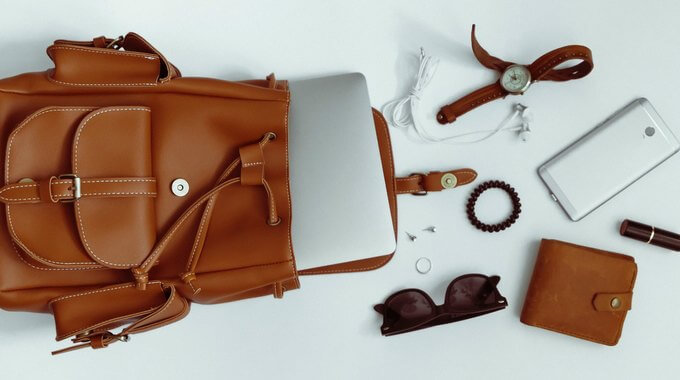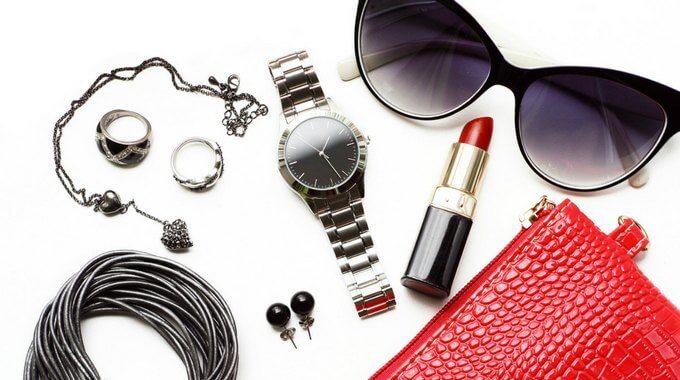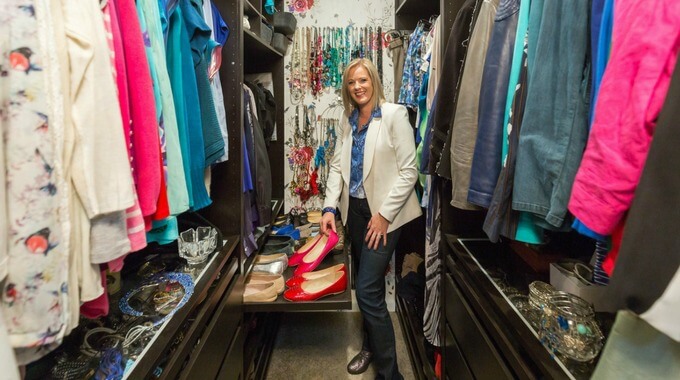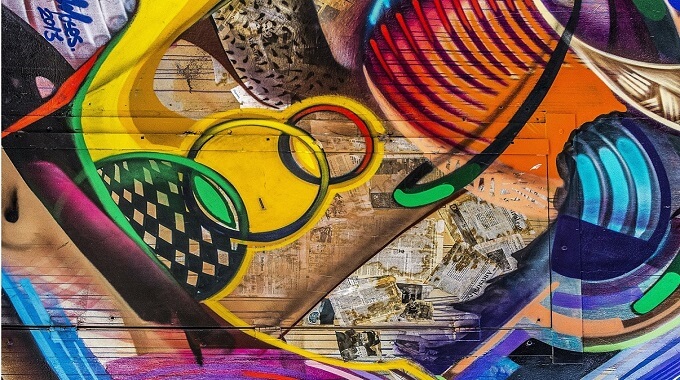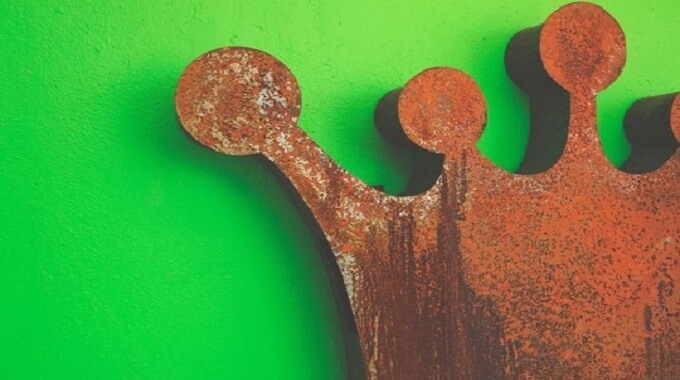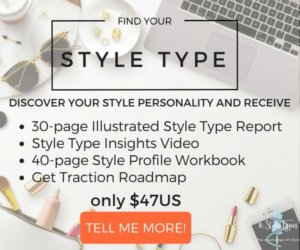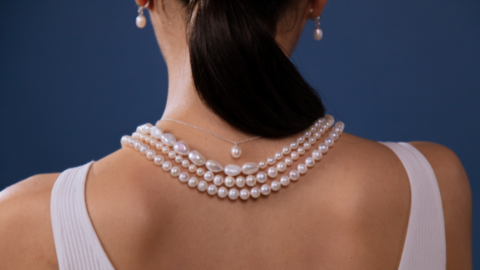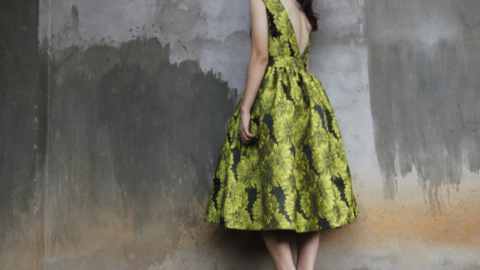Learning about your Style Type can be like opening a door into a space you never even knew existed. Discovering your Style Type can be life changing and utterly transformative. Having worked now with hundreds of groups and thousands of individuals using Type, I’ve discovered that there’s an observable trajectory that most people follow when they are introduced to their Type, and start to accept the invitations that it offers for understanding themselves and others.
This trajectory differs in detail from person to person but the broad stopover points typically follow this pathway:
- Relief and Acknowledgement: I’m okay exactly as I am!
- Amazement: I’m Okay – You’re Okay: Other people are different to me!
- Revelation: Those differences aren’t always positive – Type differences come into play
- Acceptance and Growth: I accept my way of being as innate and am capable of self-determined growth
You can learn more about this typical pathway here.
In this article, I want to touch briefly on this pathway, and some insights and observations I have gathered as a type practitioner, entrepreneurs coach, and corporate facilitator using Psychological Type for two decades now.
Lifelong Guide to Self Discovery
Type offers an extraordinary opportunity to discover yourself, and discover about yourself. I am sometimes amazed that anyone can have any kind of relationship with another person without using some kind of system to understanding other people! (I often say the same about style and color — I’m amazed that anyone can get dressed and create/curate a working wardrobe without knowing their color direction!).
At first glance, you can be in Phase 1 of your Style Type journey: experiencing great relief that your innate way of being is actually okay, and you are not strange or wrong in some essential way. I’ve met many people who have travelled through their entire lives up until they were introduced to Type feeling out of step in some crucial aspect of themselves, and it can leave them feeling wrong and deficient. That’s no way to go through life!
Type offers an explanation and a vocabulary for understanding why we are the way we are. It gives us a language for describing our natural preferences, and it gives us a platform to rest the boxes labelled with our name that we previously had no way of categorizing or understanding.

The broad trajectory many people follow when introduced to Type
Beyond relief and acknowledgement, though, Type offers a rich pathway for understanding yourself, and your relationship to others and your pathway through life, that is deep and multi-faceted.
Some people never move beyond Phase 1 – relief.
Which is why we encourage further exploration and self-discovery. To get the most from your Style Type, you want to explore the broader, deeper, richer territory that Type has to offer.
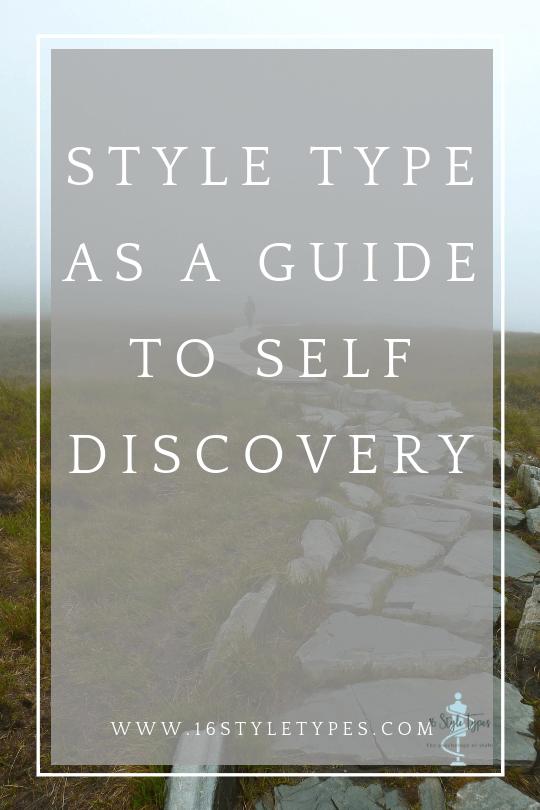
My Pathway
I remember my boss in Canada, the Global Partner for Change Leadership for Deloitte, telling me that he had a “system for understanding people”. I was 28 at the time, and even though I’d been through an MBTI® session for my MBA class a couple years beforehand, I didn’t know anything about “systems” for “understanding people”. If you’d asked me, I probably would have scratched my head, raised my eyebrows and said something inane like “Well, aren’t we all just who we are?”
It was only after I’d returned to Australia and started working for a boutique training firm delivering leadership, sales, and communication skills development to global financial sector firms that I was introduced to one such system.
Learning about Psychological Type — a “system for understanding people” – was transformative, like a light being switched on. The scales fell from my eyes – here was this amazing tool that so accurately described who we are (described me!), at the very core of our being. How was this possible?
I fell in love with Psychological Type right then and there, and even though there’ve been periods in my life when I haven’t used Type for a stretch, I always come back to it as THE most excellent way of understanding human beings and human development.
I use Type every single day in my life now, professionally and personally. There are untold situations where an understanding of Type has helped me through a tough time, helped me set down a heavy relationship misunderstanding, and given me non-judgmental tools to navigate through rocky interpersonal waters. I can let go of attitudes that aren’t serving me, and approach tricky situations with a clearer slate and a more curious attitude.
I still have many a day when I scratch my head and wonder where the spaceship is (mine or theirs — someone here has come from another planet, surely! How else could we be thinking and feeling about this situation so very differently?!?!), so Type isn’t a cure-all panacea for all that ails us in life and relationships. But it’s the best antidote I’ve found for the toxicity that can creep in when you simply can’t get a handle on core differences in how different people approach the world.
Type has also helped me celebrate who I am (sometimes others can’t do this as much or as well as we’d like – so it’s great to be able to provide this gift to ourselves, as much as we can), and to celebrate the beauty and gifts of others who are different to me.

Knowing your Style Type can help you celebrate yourself
It’s a Process
Understanding your Style Type is a process, and in my experience and opinion, it’s a lifelong process. We never arrive at a destination with Type – we may find ourselves taking rest breaks, stopping to take in the view, enjoying the journey… but because of the multi-layered nature of Type and its capacity to always show us something new, there is no end point to what we can discover.
This self-discovery process includes moving through Phases 2 and 3 where we understand that others are as “okay” as we are (I’m Okay – You’re Okay), but also that the differences between people are real and there are hurdles that need to be overcome. Learning about Type doesn’t automatically or magically fix issues we are having with others – but it helps explain them.
Which is why the language and vocabulary that Type offers us is so helpful – we can set down the blaming and pejoratives, and use the neutral yet powerful language that Type gives us to describe and point to differences.
This all sounds rather straightforward, and in theory it is! It’s only in application — in interaction and relationship with others — that we get to test the theory, which in essence often translates into testing ourselves, to see how well it works. Other people are so fascinating, and they have a lot to teach us (should we be inclined to learn) about how differently we approach life, and one another.
Beyond Phases 2 and 3 of course lies Phase 4: Acceptance and Growth. Both words are important!
Acceptance
This is about accepting yourself as you innately are, and embracing your gifts as well as your blind spots (every Type has blind spots). This acceptance is a critical first step and acts as a solid foundation from which true growth is then possible.
Without enough acceptance — by moving too quickly into growth — we can feel unanchored and uncertain of ourselves, always questioning or second-guessing. Without enough acceptance, it can feel like there’s only renovation to be done, change to made, things to be learned — and there’s not enough appreciation for all that already exists.
Growth
This is about recognizing that understanding who you are and how you are showing up in the world is a never-ending pathway. There is no destination or end point where we can definitely declare “I’m done!” – or if we do, we end up in some form of plateau, where the terrain is endlessly consistent, there is no texture, no light and shade, no interesting elements to keep the journey a fascinating and dynamic one.
Sure, we may not wish to always be “working on ourselves”, but the opportunity to learn something new about ourselves and about others never disappears. Every relationship offers an opportunity to discover something new.
Sometimes it’s the dailiness of life that gives us an interesting insight — an exchange with the young waiter who delivers your coffee for instance, or an interesting interaction on social media or with your next door neighbour as you pass on the street or the stairs.
And sometimes it’s the most important relationships in our lives that offer us an invitation to see someone we love through a new lens. Washing the lens of familiarity clean so we can look afresh at those we are closest to can gives us an unparalleled insight into who they are, who we are, and how our interactions are shaped by our Type.

Regular journaling is a great process for self-discovery
It’s a Working Hypothesis – Not Destiny
Another important learning for me in my own Type pathway and something I feel it’s important to share in my professional work with others is recognizing Type’s limitations, and I don’t mean that in a negative way.
Type doesn’t and cannot explain everything about who we are.
There are many, many factors which make up who we are as individuals.
Read more about issues of identity here.
When working with high performing teams and leaders using Type, the language I use is to say that our four-letter Type is a working hypothesis. What does this mean?
Before we get to working hypothesis, let’s talk about the first important task which is to get to what we call Best Fit Type.
Best Fit Type
This is a place where:
- none of the other 15 Types describe you as accurately as the one you’ve chosen does
- you agree with a large proportion of the content about that Type (80% or more is a good guide)
- the description of that Type encapsulates who you are and your innate way of being better than anything else
Once we get to this point, Best Fit Type, we use Type as a working hypothesis.
Working Hypothesis: A provisionally accepted basis for further research … a suggested explanation for a group of facts or phenomena, accepted as a basis for further verification
We accept the four-letter Type — your Style Type — as a workable explanation for your innate way of being, and we use it as a basis for moving forward in understanding who you are and why things work out for you (and don’t) the way they do.
Your Type forms a solid starting point for understanding your approach to life, to relationships, to work and other productive endeavors, to people, to time and to task, to conflict and to change, to your worldview and your reactions. It’s a helpful filter to explore your approach to life and everything in it – relationships and interactions, work and professional endeavors, attitudes and beliefs, values and worldviews, choices and judgments, what you trust and what you avoid.
Your Style Type forms a solid starting point for understanding your approach to style, your attitudes to style and clothing and image and appearance, the information you pay attention to and what you ignore or discount, and the style decisions you make.
Discovering your Style Type brings you in closer connection to your style essence.
Your Type is dynamic, alive, multi-faceted, and complex. We don’t believe that a person’s innate Type changes (more on that here – you’ll want to read this if you’re unsure about why we’re saying that), but we absolutely affirm that each person is an individual – not a Type.
There is no such thing as “an ENTJ” – there’s a person who has preferences for ENTJ.
It’s not just semantics, it’s an important attitudinal marker about how we approach Type and individuality.
Your Type is not destiny, and it isn’t a predictor of all your behavior or your internal motivations. None of those things are intended uses of Type. Instead:
Your Style Type is a beautiful, wonderful, rich, robust way of seeing yourself and others, and of journeying home to who you really are – your most stylish self.
Further Reading
What Does Self Awareness Have To Do With Personal Style?
Personality As An Excuse for Bad Behavior
What Makes You, You? Innate Preferences vs. Learned Behavior
Who Are You? Issues of Identity
Embracing Your Style Type Journey and Dealing With Potential Triggers
What Your Style Type Report Can, and Cannot, Tell You
The Missing Piece to Developing Your Authentic Style
